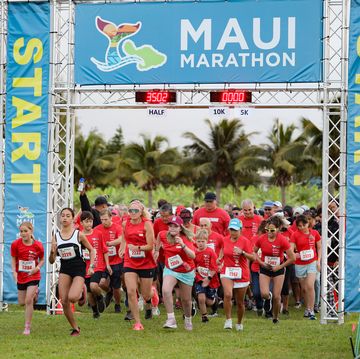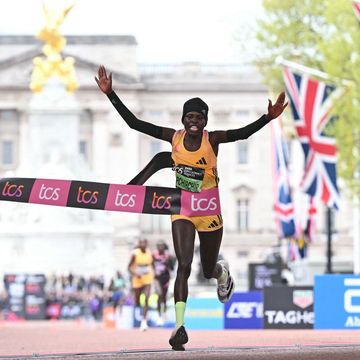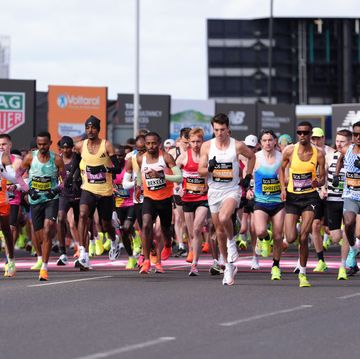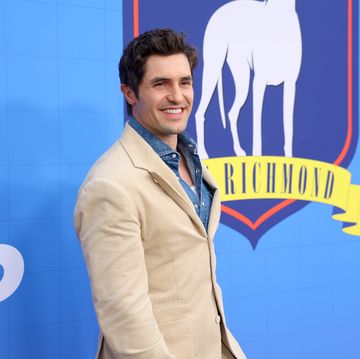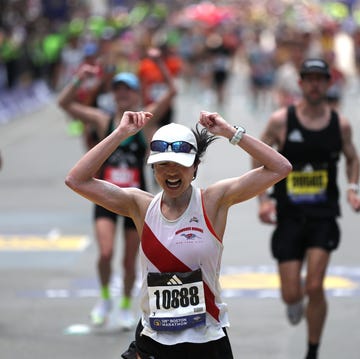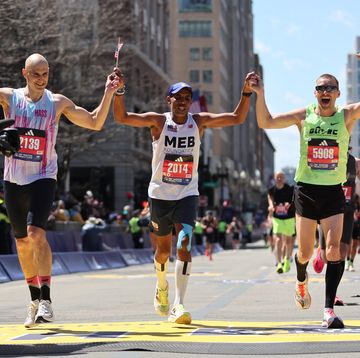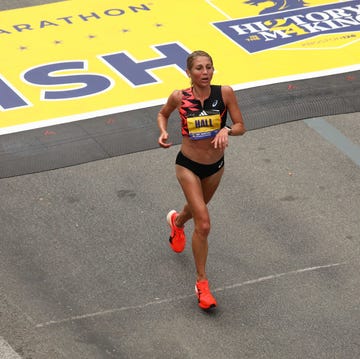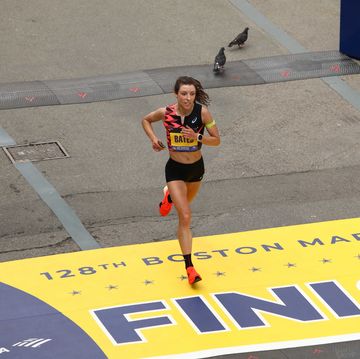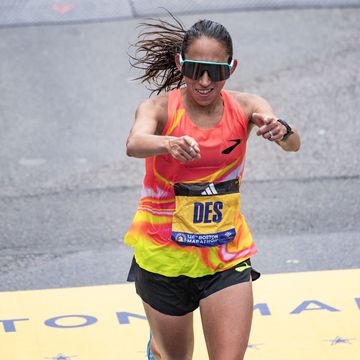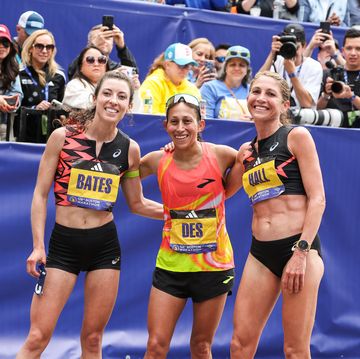Sports require strength, speed, and endurance—and different sports require them to different degrees. A body that is hopelessly unfit for one sport might well be optimal for another.
In baseball, for example, it’s possible to be both fat and good. For evidence of this you need to look no further than the torso of Prince Fielder, the nobly named slugger of the American League champion Detroit Tigers. Fielder holds the distinction of leading the league in both RBIs and BMI. At 5’11” and 275 pounds, he has a body mass index of 38.4, which falls well into the obese range defined by the Center for Disease Control. Baseball has increasingly become a game for specialized power roles—for one-trick ponies such as the closer and the designated hitter—roles that require strength, but not speed or endurance.
Not surprisingly, strength athletes have high BMIs. Endurance athletes have low BMIs. Those who rely on bursts of speed are somewhere in the middle. You can see these trends clearly if you look at the BMIs of recent men’s Olympic gold medalists. (Note: Because the bodies of men and women are so different, we limited this list to men. We will look at women athletes in a separate post.)
Obese: 30 or higher
At the top of the list is the super heavyweight weightlifting champion Behdad Salimi with a whopping BMI of 41.6. He is followed by the brawny throwers of heavy things, most of whom are above the CDC’s obesity line.
Behdad Salimi (super heavyweight weightlifting) 41.6
Tomasz Majewski (shot put) 34.1
Krisztián Pars (hammer throw) 33.4
Artur Taymazov (super heavyweight wrestling) 32.5
Robert Harting (discus) 31.5
Overweight: 25-29.9
The overweight category includes athletes from sports that involve hitting or shoving other people, such as boxers and hockey players. It includes the wealthiest athlete on the list, the beefy-armed basketball player, LeBron James.
Didier Défago (downhill skiing) 28.9
Sidney Crosby (hockey) 27.9
LeBron James (basketball) 27.5
Keshorn Walcott (javelin) 27.1
Oleksandr Usyk (heavyweight boxing) 25.0
Normal Weight: 18.5-24.9
Most Olympic champions and nearly all of the runners fall into the normal weight category. The sprinter Usain Bolt is at the high end of the range. The hurdlers and jumpers are in the middle. The 5K and 10K champion, Mo Farah, is at the low end.
Usain Bolt (100 m, 200 m) 24.9
Ashton Eaton (decathlon) 24.4
Greg Rutherford (long jump) 24.4
Sven Kramer (speed skating) 23.7
Andy Murray (tennis) 23.7
Michael Phelps (swimming) 23.6
David Boudia (diving) 23.4
Marco Fabián (soccer) 23.2
Félix Sánchez (400 m hurdles) 23.0
Ivan Ukhov (high jump) 22.6
Christian Taylor (triple jump) 22.5
Taoufik Makhloufi (1500 m) 22.1
Alexander Vinokourov (bicycling) 22.1
Evan Lysacek (figure skating) 21.8
Aries Merritt (110 m hurdles) 21.8
Renaud Lavillenie (pole vault) 21.8
Kohei Ichimura (gymnastics) 21.1
Mo Farah (5000 m, 10,000 m) 21.1
Kirani James (400 m) 20.9
Alistair Brownlee (triathlon) 20.9
Ezekiel Kemboi (3000 m steeplechase) 20.2
David Rudisha (800 m) 19.6
Chen Ding (20 k walk) 19.1
Under Weight: 18.4 or lower
Last—and least—are the distance guys, including the marathoner, Stephen Kiprotich. Leanest of all is Sergey Kirdyapkin from racewalking, an endurance sport so pure that it actually prohibits bursts of power. It would take exactly three 120-pound Sergey Kirdyapkins to balance the scales against one 360-pound Behdad Salimi.
Stephen Kiprotich (marathon) 18.2
Sergey Kirdyapkin (50 k walk) 17.5
To be a champion, your body doesn’t necessarily have to look like Michelangelo’s David. Bodies are tools—and different tools are suited to different tasks. Or as the Phillies’ John Kruk once put it famously, “I ain’t an athlete, lady. I’m a baseball player.”

Kevin Knabe is the User Experience Architect at Runner's World. Kevin has over twenty years of experience as a user interface designer, including ten years at Apple. He occasionally writes as a guest columnist in Mark Remy's blog, musing on his three great loves: language, design, and baseball. At Runner's World, he is affectionately known as "the slow guy."
The Year of Becoming Right-Handed (The story of my spinal cord injury and recovery)


